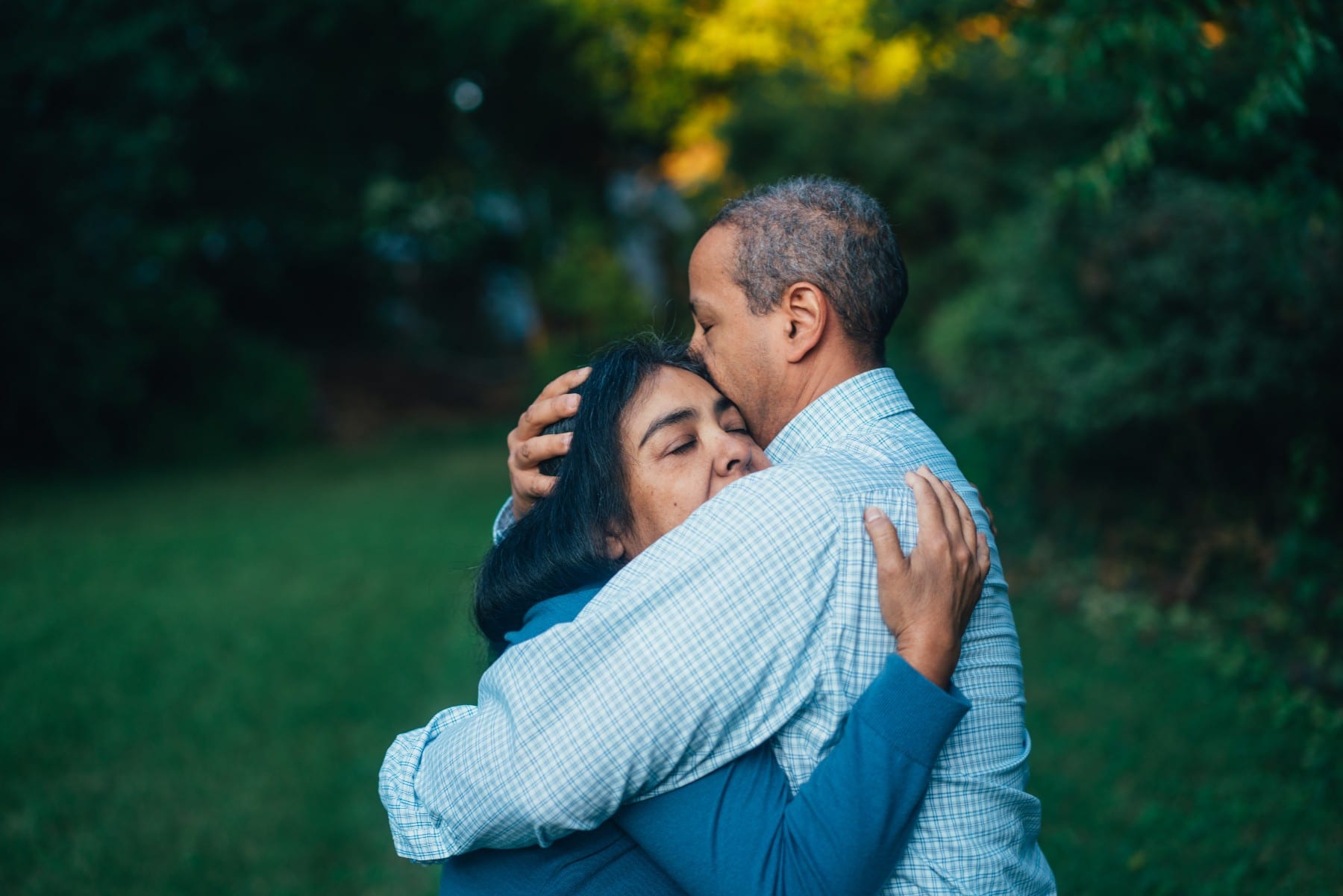The novel coronavirus (COVID-19) pandemic and its accompanying economic downturn is disproportionately affecting Black and Brown people in the US in healthcare and income terms—a situation that federal and local governments should prioritize as they take action to combat the virus and stimulate the economy.
A group of doctors in Virginia is demanding the Centers for Disease Control and Prevention (CDC) and World Health Organization (WHO) collect and release data on who is getting tested for COVID-19, broken down by race and ethnicity. According to the White House, 370,000 tests had been conducted as of March 24.
The doctors worry that people of color are being tested at lower rates, increasing the risk of infection in their communities. “In the US, that would be useful information to have in the future because we already know that this virus affects disproportionately people who have co-morbidities and African Americans are disproportionately affected by almost every cardiovascular disease that we have here in the United States,” said Dr. Leigh-Ann Webb.
Both testing and diagnoses for people of color may be low because medical providers are mostly relying on physical signs of symptoms, like feeling exhausted or having a sore throat. These symptoms are observational and subjective, and can’t be easily measured. There is a risk that doctors are downplaying these symptoms when they present in Black or Brown patients, because of inherent biases.
“The people who are not being tested, if testing is warranted, they need advocates,” Webb said. “And as much as they could advocate for themselves, having people specifically who are interested in health disparities, to have people who have a seat at the table advocating for you, really helps.”
People of color are also vulnerable because of larger, systemic inequalities in healthcare access. About four in 10 Latinx people, two in 10 Native Americans, and a quarter of Black people don’t have health insurance. Those who do pay higher rates on average than their white counterparts.
This situation is especially damning during the COVID-19 crisis. Although the federal government signed legislation on March 18 to ensure Americans get free virus testing, it did not provide for free treatment. COVID-19 infection, for patients with poor immune systems and other chronic health problems, may require intensive medical care and hospitalization.
Research by the Peterson-Kaiser Family Foundation Health System shows that even for people with private health insurance, healthcare costs for severe COVID-19 cases are about $1,300 in out-of-pocket expenses. Total costs for care vary between $11,000-24,000. For uninsured Americans, they will be billed directly at higher rates than the insured.
Health and economic inequalities intersect for Black and Latinx Americans, with devastating consequences. White families have on average 10 times more wealth than Black families, and seven times more than Latinx families. People with lower incomes are more likely to have pre-existing health conditions and poor health outcomes, according to an analysis of CDC health data.
People with low incomes have inadequate access to housing, food and childcare. They experience more stress from their environments, and have higher rates of alcohol and tobacco use, which exacerbate health problems. They also seek out preventative medical care less often throughout their lives, and the care they do receive doesn’t address social factors that impact their health. Job layoffs due to COVID-19 have already disproportionately impacted Black and Latinx workers.
History shows that previous virus outbreaks have impacted people of color more severely than white people. Research shows that during the H1N1 influenza (“swine flue”) outbreak of 2009, healthcare providers did not understand how different racial and ethnic groups were at increased risk. Native Americans, Latinx Americans and Black Americans were all disproportionately hospitalized for the illness.
Swine flu infected 60 million Americans and caused over 12,000 deaths, with a mortality rate of 0.02 percent. That’s tiny compared to the potential health impacts of COVID-19, which may have a 1 percent mortality rate. Over a half million Americans could die if the same amount of people become infected as did in 2009. With racial inequalities having only worsened since 2009, COVID-19 will be devastating for people of color.
While the prospects are terrifying, there are actions that governments can take to protect all Americans, but especially the most vulnerable. The Center for American Progress (CAP) has outlined a series of policy recommendations, the most important of which is ensuring affordable or free access to medical care by expanding Medicaid.
The organization also urges governments to mitigate the economic impacts of the crisis by ensuring paid sick leave and childcare for workers, sending direct cash payments to households, waiving late payments on credit, and temporarily banning renter evictions and home foreclosures.
“Following the crisis, it’s important to take on structural changes to US economic policies to ensure that the necessary health and economic infrastructure is in place the next time the country faces a pandemic or looming disaster stemming from climate insecurity,” CAP states. “Closing the unjust racial wealth gap should be a top priority to ensure more equitable, just, and resilient communities.”
Photo by Gus Moretta on Unsplash





Show Comments